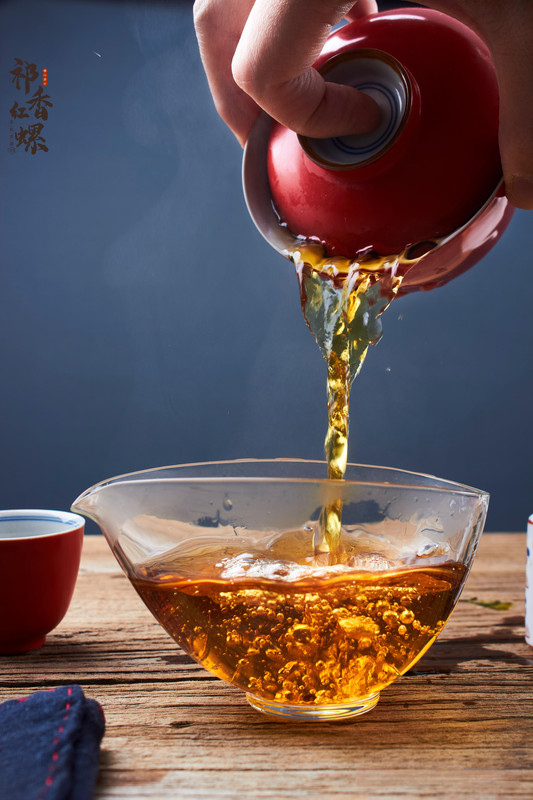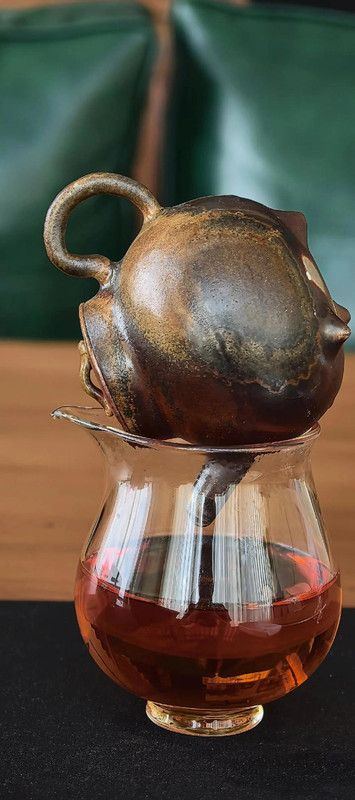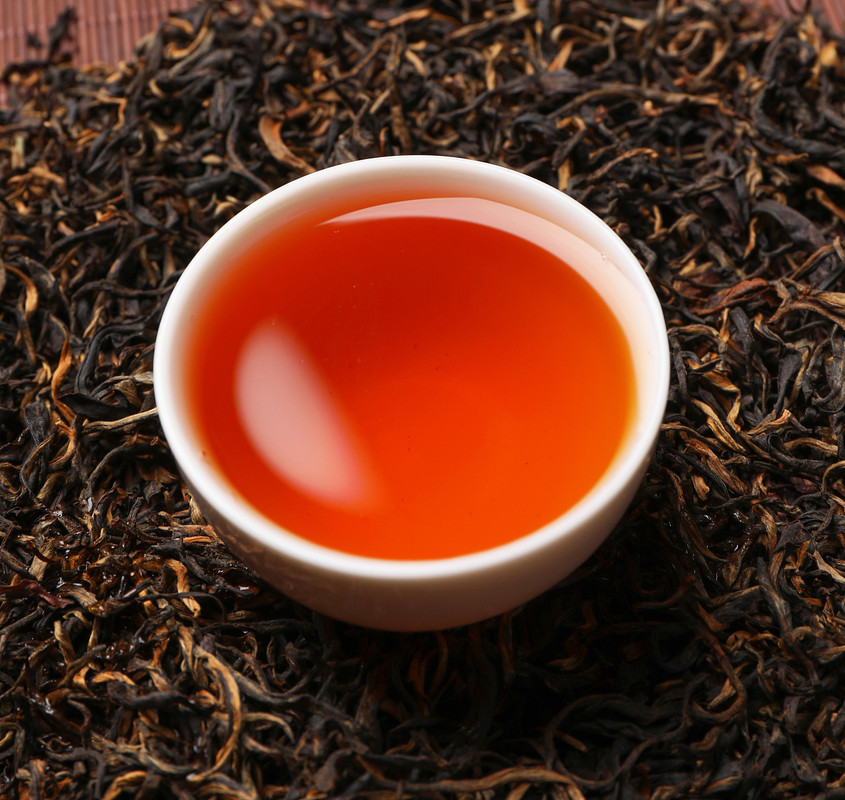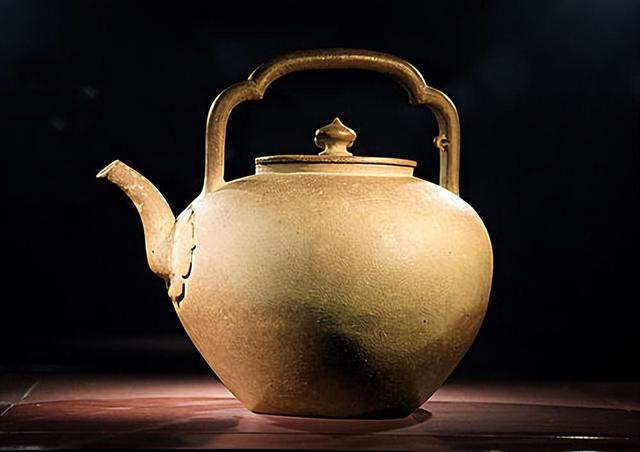Black tea, with its bold flavors, amber hues, and invigorating aroma, has earned its place as the world’s most beloved tea category. From the malty depth of Assam to the floral complexity of Darjeeling, black tea’s versatility demands teaware that complements its strength while refining its nuances. Unlike delicate green teas or earthy pu-erhs, black tea thrives in tools that balance heat retention, aroma diffusion, and visual drama. Here’s how to craft a brew that honors its robust character.

1. Porcelain Teapots: The Classic Choice for Clarity
In British and Chinese tea cultures, porcelain teapots are revered for their ability to showcase black tea’s vibrancy. The non-porous, smooth material ensures no interference with the tea’s natural notes—think caramel, tobacco, or dried fruit.
Why They Shine:
- Temperature Control: Porcelain retains heat effectively, maintaining the high water temperature (90–95°C/194–203°F) needed to extract full flavor.
- Aroma Amplification: The tight-fitting lid and spout trap steam, intensifying the tea’s fragrance as it brews.
- Visual Delight: White or cream-colored porcelain provides a crisp backdrop to admire the tea’s rich color and the slow unfurling of twisted leaves.
Pro Tip: Use a 300–500ml teapot for 4–6 servings, adjusting leaf quantity (2–3 grams per cup) and steeping time (3–5 minutes) to taste.
2. Yixing Clay Pots: For the Connoisseur’s Depth
In China, aged black teas like Liubao or aged Dian Hong are often brewed in Yixing zisha clay pots. The porous clay gradually absorbs the tea’s essence, deepening its complexity over time.
Advantages:
- Flavor Seasoning: Yixing’s micro-pores “season” with use, enhancing the tea’s body and smoothness.
- Heat Retention: Thick clay keeps water hot during long infusions, ideal for bold teas.
- Cultural Pedigree: Yixing pots have been prized since the Ming Dynasty for their ability to “age” tea flavors.
Cautions:
- Dedication: Use a dedicated pot for black tea only to avoid flavor cross-contamination.
- Size: Opt for smaller pots (150–200ml) for concentrated brews.
3. Glass Teapots: Modernity Meets Tradition
For floral black teas like Darjeeling Second Flush or Nilgiri Frost, glass teapots offer a striking visual contrast. Watching the leaves unfurl reveals their intricate shapes, while the transparent material emphasizes the tea’s clarity.
Key Features:
- Heat Resistance: Borosilicate glass withstands boiling water without warping.
- Flavor Neutrality: Glass won’t absorb or alter the tea’s profile, making it ideal for assessing quality.
- Aesthetic Drama: Pair with a tea warmer to maintain temperature during leisurely sessions.
Pairing Suggestion: Serve in hand-blown glass cups to admire the tea’s gradient hues from dark amber to golden.
4. Silver Teaware: Luxury and Functionality
In Tibetan and Middle Eastern traditions, silver teapots and kettles are prized for their ability to purify water and enhance flavor. Silver’s antimicrobial properties subtly refine the brew, while its conductivity ensures rapid, even heating.
Why It Works:
- Water Quality: Silver ions soften water, reducing mineral bitterness.
- Heat Distribution: Thin silver conducts heat efficiently, preventing hotspots.
- Heritage: Silver teaware has graced noble tables for centuries, adding a touch of opulence.
Pro Tip: Polish silver regularly to maintain its luster and functional benefits.
5. Ceramic Mugs with Infusers: For the Everyday Ritual
For busy mornings or travel, ceramic mugs with built-in infusers strike a balance. Choose unglazed stoneware for mature teas or glazed ceramic for lighter brews.
Advantages:
- Convenience: Ideal for offices or commutes.
- Style Variety: From rustic Japanese kyusu-inspired designs to minimalist Scandinavian shapes, there’s a mug for every mood.
Avoid: Overfilling the infuser—leaves need room to expand fully.
Final Considerations: Beyond the Basics
- Milk and Sweeteners: If adding dairy, opt for bone china or porcelain to maintain warmth.
- Cultural Context: In Russia, samovars brew strong black tea for hours, while in Morocco, mint tea is brewed in silver pots. Let tradition inspire, but adapt to your taste.
- Sustainability: Choose lead-free glazes and ethically sourced clay.
In Conclusion
The “best” teaware for black tea is a dialogue between the leaf’s personality and your preferences. A porcelain teapot may highlight a Darjeeling’s floral complexity, while a Yixing pot transforms aged Liubao into a velvety elixir. Let the tea guide you—experiment, savor, and let your tools become an extension of the tea’s bold spirit. After all, black tea isn’t just drunk; it’s celebrated.



